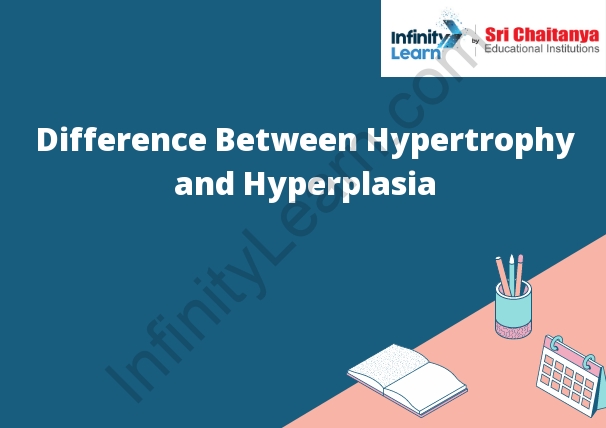Table of Contents
Difference between hypertrophy and hyperplasia
Hypertrophy is an increase in the size of the cells in an organ or tissue. This can be a result of an increase in the size of the individual cells, or an increase in the number of cells. Difference Between Hypertrophy and Hyperplasia.
Hyperplasia is an increase in the number of cells in an organ or tissue. This can be a result of an increase in the size of the individual cells, or an increase in the number of cells.

What is Hypertrophy?
Hypertrophy is the increase in the size of a muscle as a result of its use. This increase in size is due to an increase in the size of the individual muscle fibers.
Compensatory Hypertrophy
Compensatory hypertrophy is an increase in muscle size that occurs in response to an increase in the demand for muscle work. The muscle cells enlarge in order to produce more contractile protein (myofibrils) and to store more glycogen. This increase in size allows the muscle to generate more force and to work for a longer period of time.
Regenerative Hypertrophy
Regenerative hypertrophy is a type of muscle growth that is induced by muscle damage. This type of hypertrophy is characterized by the synthesis of new muscle proteins, which leads to an increase in muscle size and strength. Regenerative hypertrophy occurs as a result of the body’s natural response to muscle damage. When a muscle is damaged, the body begins to repair the damage by synthesizing new muscle proteins. This leads to an increase in muscle size and strength.
Vicarious Hypertrophy
Vicarious hypertrophy is a type of muscle growth that results from an increase in the size of the muscle fibers rather than an increase in the number of muscle fibers. This type of muscle growth can occur as a result of exercise or from the use of certain anabolic steroids.
What is Hyperplasia?
Hyperplasia is a medical term used to describe an abnormal increase in the number of cells in a tissue or organ. The cells may be increased in size, number, or both. There are many different types of hyperplasia, each with its own unique set of causes and symptoms.
Hyperplastic Growth Can be due to Various Stimuli:
Hyperplastic growth can be caused by a number of different stimuli, including hormones, cytokines, growth factors, and other chemicals. The growth of new cells can be regulated by a variety of different mechanisms, including autocrine and paracrine signaling, as well as cell-cell contact.
Hypertrophy Vs Hyperplasia
- Hypertrophy and hyperplasia are both types of tissue growth, but they occur in different ways and result in different changes in the tissue.
- Hypertrophy is a type of tissue growth that occurs when the cells in the tissue become larger. This can happen as a result of the cells repeatedly dividing and growing to create new cells, or as a result of the cells accumulating more and more protein. The increased size of the cells leads to an increase in the size of the tissue.
- In contrast, hyperplasia is a type of tissue growth that occurs when the number of cells in the tissue increases. This can happen as a result of the cells dividing and growing to create new cells, or as a result of the cells accumulating more and more protein. The increased number of cells leads to an increase in the size of the tissue.






